Spice Up Your Life: A Flavorful Journey Through Mexican Food Authentic Traditions
Table of Contents
Introduction to Mexican Spices and Flavors
Mexican food is a vibrant tapestry of flavors, colors, and aromas that have captivated food lovers around the world. At the heart of this culinary tradition lies an incredible array of spices that bring out the best in every dish. Whether you're cooking tacos, enchiladas, or mole, the right combination of spices can transform a simple meal into something truly authentic.

The use of spices in Mexican cuisine dates back centuries, with roots in indigenous traditions and influenced by Spanish colonization. Today, it's a celebration of culture, history, and taste. If you're looking to bring the essence of Mexican food authentic into your kitchen, understanding these spices is essential.
Top 10 Spices That Define Mexican Cuisine
Let's dive into the most iconic spices used in traditional Mexican dishes. These are not just flavor enhancers—they’re cultural symbols that tell stories of generations past.
| Spice | Description | Common Use |
|---|---|---|
| Chipotle | Dried and smoked jalapeño peppers | Salsa, stews, and sauces |
| Poblano | Mild green chili pepper | Poblano relleno, salsa |
| Ancho | Dried poblano peppers | Mole, enchilada sauce |
| Cumin | Earty, warm spice | Bean dishes, meats, salsas |
| Oregano (Mexican) | Distinctive, earthy aroma | Tomato-based sauces, soups |
| Garlic | Essential for depth and heat | Various dishes including moles and salsas |
| Coriander | Warm, citrusy notes | Meats, salsas, and rice |
| Chili Powder | Blend of ground chilies and spices | Seasoning for meats, beans, and stews |
| Tomatillo | Tart green fruit | Salsa verde, soups, and stews |
| Epazote | Strong, medicinal herb | Beans, soups, and stews |
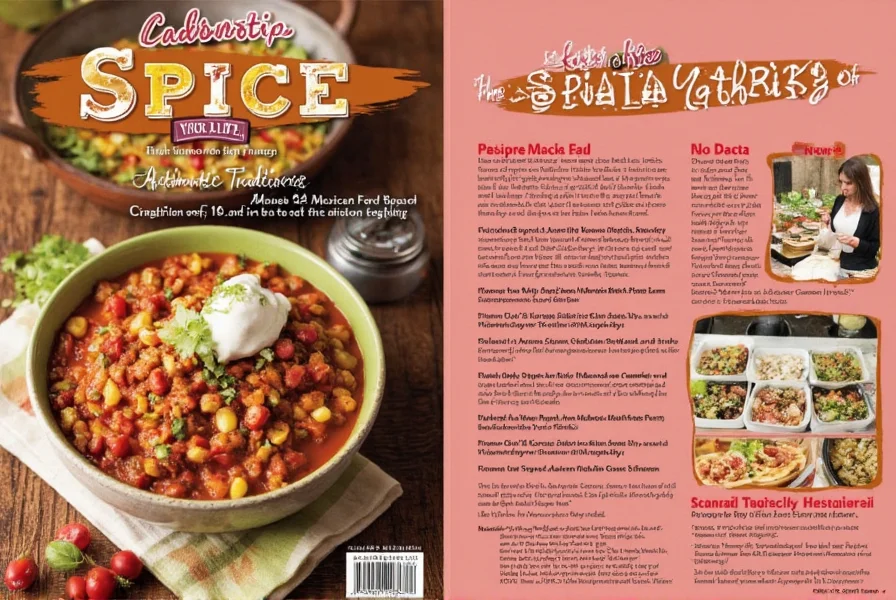
Each of these spices plays a unique role in shaping the flavors of Mexican food authentic. From the smoky richness of chipotle to the bright tang of tomatillo, they all contribute to the distinct identity of this cuisine.
Essential Cooking Tips for Authentic Mexican Dishes
While having the right spices is crucial, how you use them matters just as much. Here are some practical tips to help you cook like a pro when preparing Mexican food authentic:
- Use fresh ingredients whenever possible. Fresh herbs, ripe tomatoes, and high-quality cheeses will elevate your dish.
- Toast your spices before grinding. This enhances their aroma and flavor.
- Don’t rush the process. Many Mexican dishes require slow cooking to develop deep, rich flavors.
- Experiment with combinations. Mix different spices to create your own signature blend.
- Balance heat and acidity. Mexican food often uses lime juice, vinegar, or tomatoes to balance spiciness.
By following these tips, you’ll be well on your way to mastering the art of Mexican food authentic. Remember, the key is to embrace the spirit of the cuisine—its warmth, its complexity, and its deep connection to tradition.
Buying Guide: Choosing the Best Spices for Mexican Food
When shopping for spices to recreate the magic of Mexican food authentic, look for quality, freshness, and authenticity. Here’s a detailed guide to help you choose the right products:
1. Chipotle Peppers
Features: Smoked and dried jalapeños, available in powder or whole form.
Advantages: Adds a smoky, spicy depth to any dish.
Use Cases: Salsas, stews, grilled meats.
Target Audience: Home cooks and professional chefs.
Suitable Occasions: Casual dinners, family gatherings, Mexican-themed events.
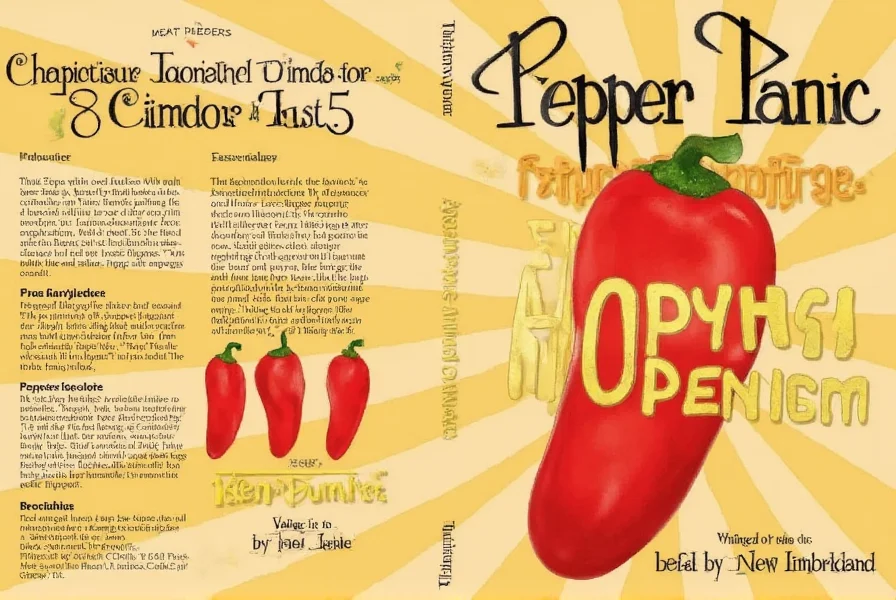
2. Ancho Chili Powder
Features: Made from dried poblanos, with a sweet and smoky flavor.
Advantages: Perfect for making rich, complex sauces.
Use Cases: Mole, enchilada sauce, tamales.
Target Audience: Enthusiasts of traditional Mexican cooking.
Suitable Occasions: Special occasions, holiday meals, restaurant-style cooking.
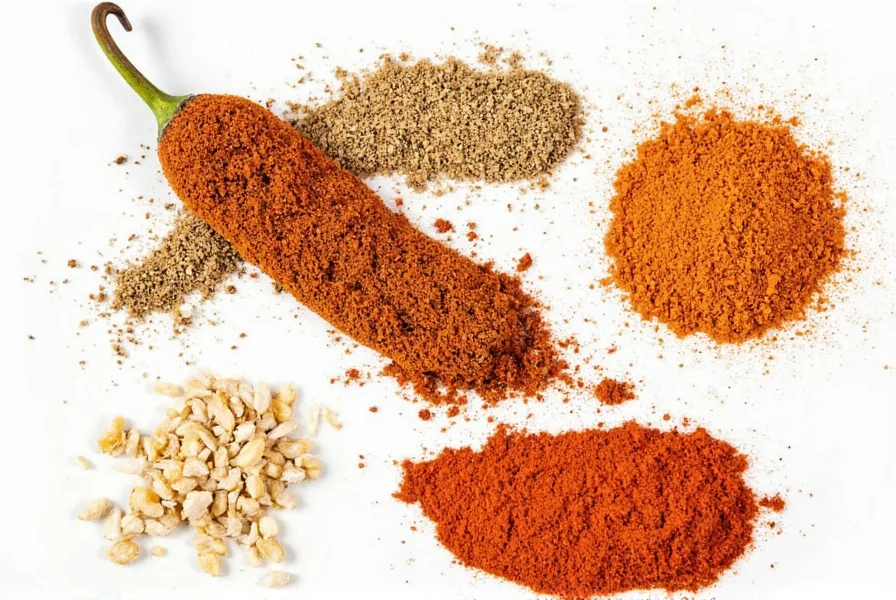
3. Mexican Oregano
Features: Distinctly different from Italian oregano, with a stronger, more pungent flavor.
Advantages: Enhances tomato-based sauces and soups.
Use Cases: Salsas, stews, and bean dishes.
Target Audience: Beginners and advanced cooks alike.
Suitable Occasions: Weeknight dinners, casual lunches, and potlucks.
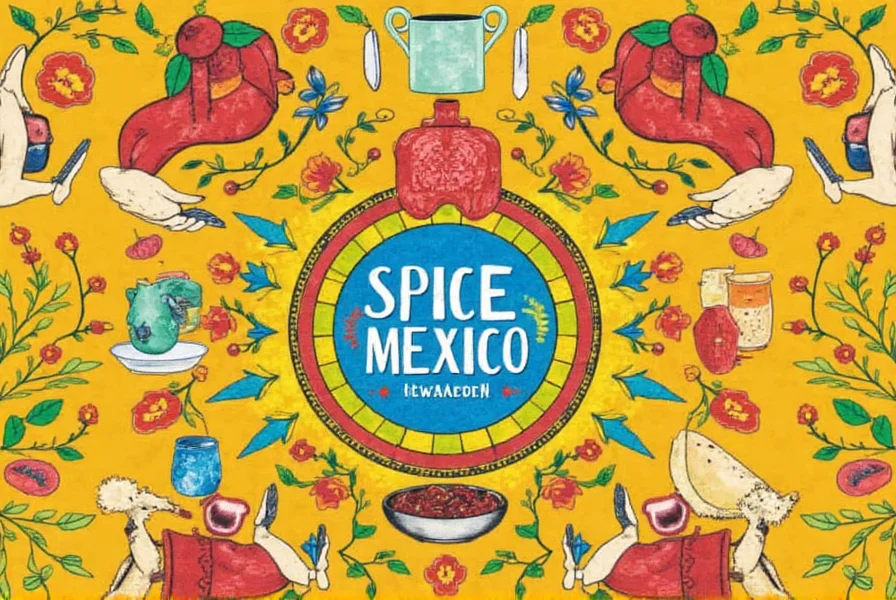
4. Cumin
Features: Earthy and warm, often used in both ground and seed form.
Advantages: Adds depth to meat and bean dishes.
Use Cases: Grilled meats, tacos, and refried beans.
Target Audience: Anyone who enjoys bold flavors.
Suitable Occasions: Barbecues, family dinners, and everyday meals.
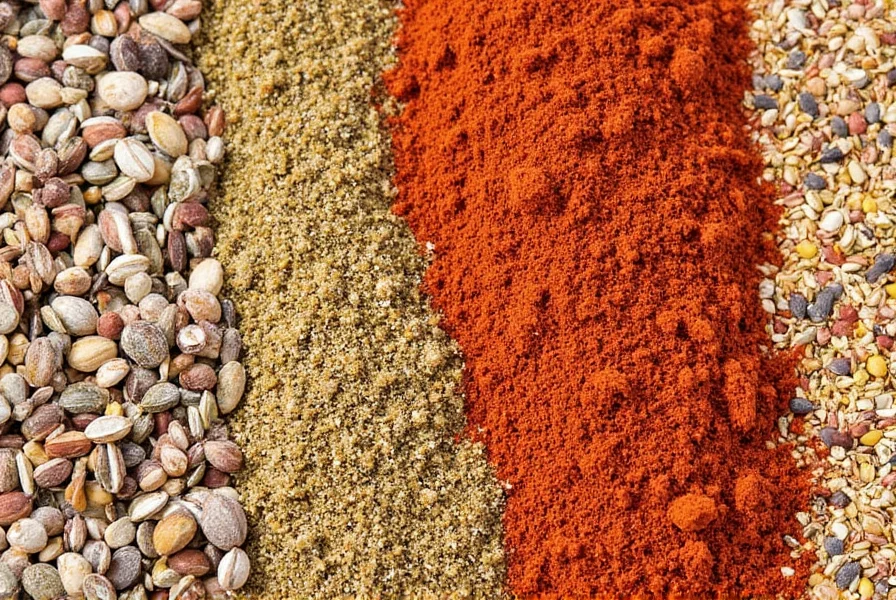
5. Epazote
Features: A strong, aromatic herb with a licorice-like scent.
Advantages: Great for seasoning beans and soups.
Use Cases: Bean dishes, stews, and pozole.
Target Audience: Those who love hearty, traditional meals.
Suitable Occasions: Comfort food nights, festive meals, and home-cooked feasts.
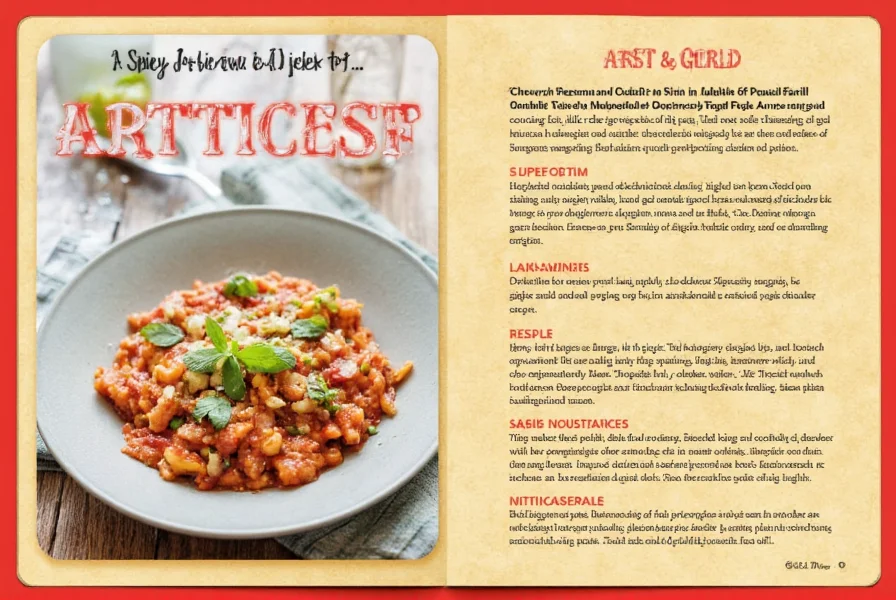
When purchasing these spices, always check the packaging for origin, grind size, and expiration date. For Mexican food authentic, it’s important to source spices that are true to their roots—whether you’re buying from a local market or online store.
Conclusion: Embrace the Magic of Mexican Spices
From the smoky allure of chipotle to the earthy depth of cumin, Mexican food authentic is a celebration of flavor, culture, and history. By understanding the spices that define this cuisine, you can unlock a world of culinary possibilities right in your own kitchen.
Whether you're a seasoned chef or a curious food lover, there's always something new to learn and explore in the realm of Mexican spices. So go ahead—experiment, cook, and let your taste buds travel to the heart of Mexico.
In summary, Mexican food authentic is not just about the ingredients—it's about the passion, the stories, and the traditions that make each dish special. With the right spices and a little bit of creativity, you can bring the soul of Mexico into your home, one flavorful bite at a time.










 浙公网安备
33010002000092号
浙公网安备
33010002000092号 浙B2-20120091-4
浙B2-20120091-4